research
a collection of ongoing and past projects
I study how the universe’s most massive galaxies formed in its first billion years—an era now in tension with cosmological models. By combining wide-area near-infrared surveys with spatially-resolved spectroscopy, I identify and characterize rare, ultra-luminous galaxies at cosmic dawn. My work leverages custom-built catalogs, advanced statistical tools, and cutting-edge observations to uncover how these galaxies assembled so rapidly in the opening act of cosmic history.
| PhD Thesis | MPhys Thesis | Approved observing programs | Professional Talks |

The Cosmic Dawn Survey
PIs: Toft, Sanders, Weaver (McPartland et al. 2025, Zalesky et al. 2024, Moneti et al. 2022)
The Cosmic Dawn Survey (DAWN) is a Euclid Key Project aimed at enhancing our understanding of the early universe by providing value-added catalogs for the Euclid Deep and Auxiliary Fields. These catalogs will include photometric redshifts, stellar masses, and star formation rates, enabling a comprehensive study of galaxy evolution during the first billion years of cosmic history. Check out more at https://dawn.ipac.caltech.edu/

Uncovering a Cosmic Beast at z=8.51
Weaver et al. (in prep.)
We report the discovery of an exceptionally luminous galaxy at redshift z=8.51 in the Abell 2744 field. This galaxy, exhibiting characteristics akin to GNz11, showcases a young stellar population undergoing a near-instantaneous burst of star formation, with potential ionization from an active galactic nucleus (AGN). Notably, the UV continuum emission is spatially resolved into two distinct components with differing UV properties, highlighting the complexity of such early galaxies and emphasizing the necessity for high-resolution instruments to accurately study their formation.
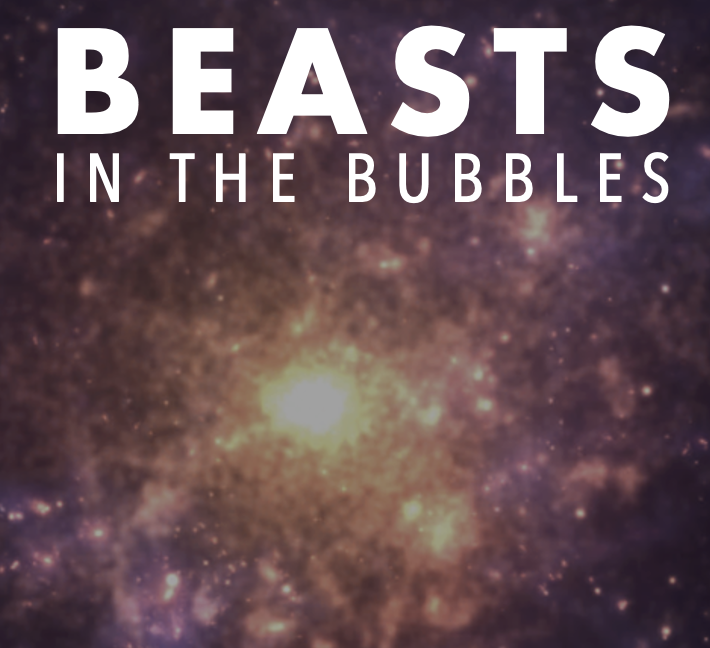
Beasts in the Bubbles
PI: Weaver (Nezhad in prep., Manesh in prep., Taamoli in prep., Henson in prep.)
Our JWST Cycle 1 program targets five of the most massive galaxy candidates known at z ~ 9 to investigate the origins of ultra-massive, quiescent galaxies observed just 1.5 billion years after the Big Bang. Using deep, spatially-resolved NIRSpec IFU spectroscopy, we identify and characterize their star-forming progenitors—measuring stellar masses, ages, dust content, and ionizing photon output. These observations provide a critical test for models of early galaxy formation.
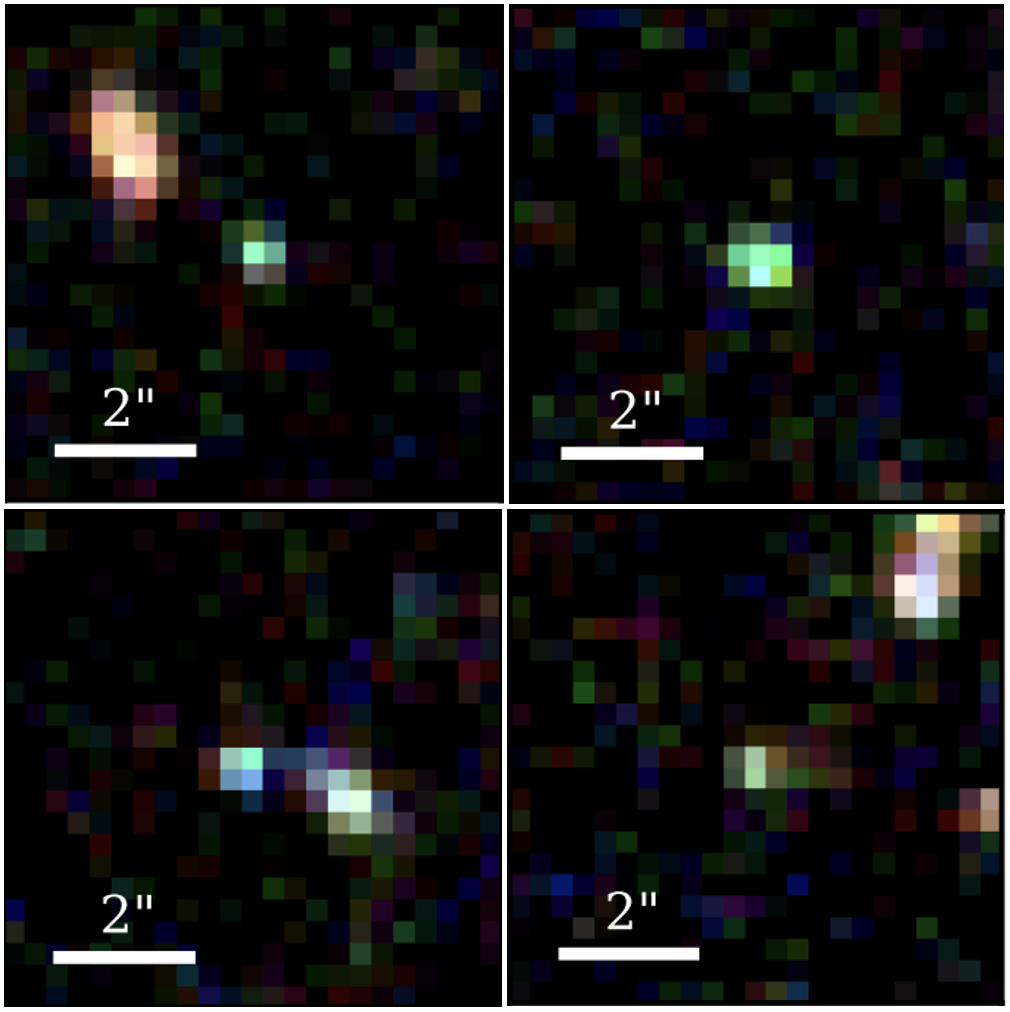
Discovering the first high-z galaxies from Euclid
Weaver et al. (2025) | downlod catalogs | video summary
We investigated the potential of the Euclid space telescope to uncover bright galaxies from the first billion years of cosmic history from it's Early Release Observations. By combining Euclid's 3-filter infrared and deep visible imaging we uncovered dozens of ultra-bright, optically invisible galaxies. While some are likely luminous galaxies from the early universe, others may be dust-obscured systems closer by.

UNCOVER: galaxy catalogs in a community deep field
Weaver et al. (2024), Suess, Weaver et al. (2025), Bezanson et al. (2025)
download data and images
As part of the UNCOVER collaboration, we built a deep, multi-wavelength galaxy catalog in the field around the Abell 2744 cluster, combining Hubble and JWST imaging. This resource includes tens of thousands of galaxies across cosmic time and supports studies of gravitational lensing, early galaxy evolution, and structure formation. The catalog paves the way for both targeted and statistical analysis in a premier JWST deep field.
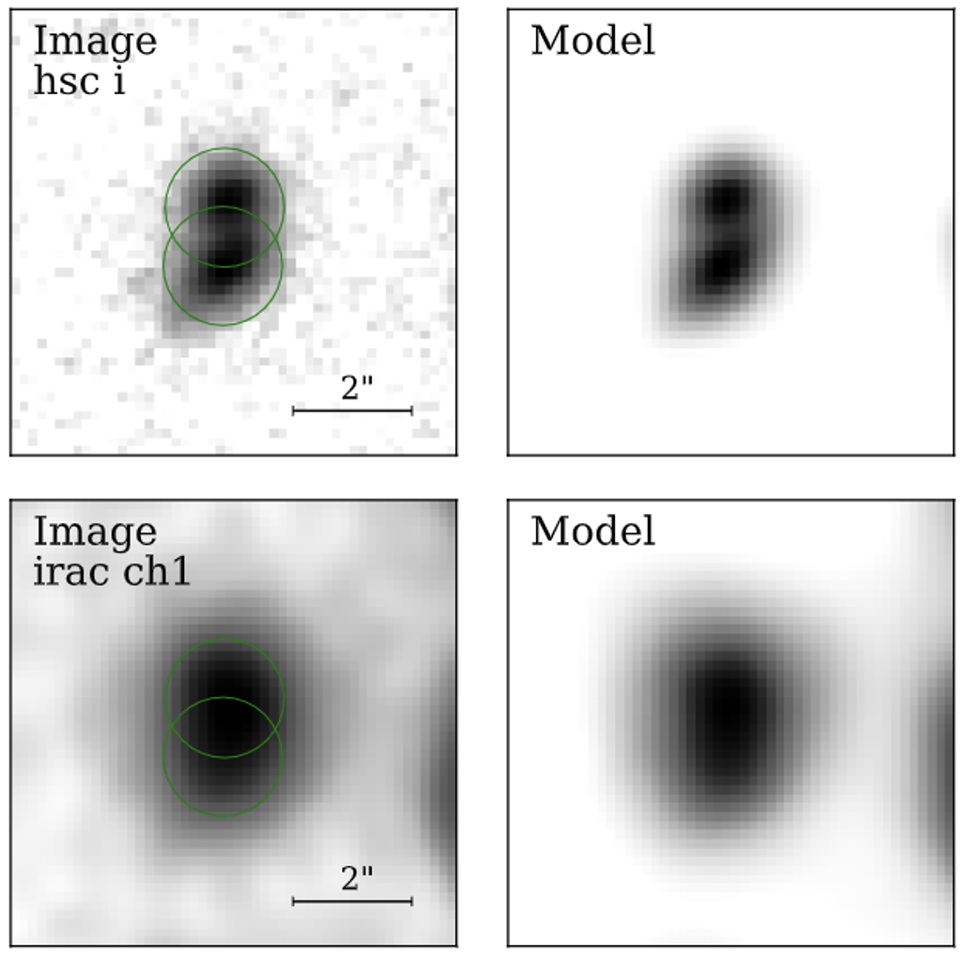
The Farmer: de-blended photometry for deep surveys
Weaver et al. (2023) | check out on Github
Motivated by the need for fully deblended photometry in ever-deepening galaxy images, we developed The Farmer—an open-source software for performing profile-fitting photometry in large imaging surveys. Designed with reproducibility and modularity in mind, it enables consistent measurements across fields and telescopes. It’s already been adopted by major JWST programs and improves confidence in galaxy properties derived from complex datasets.
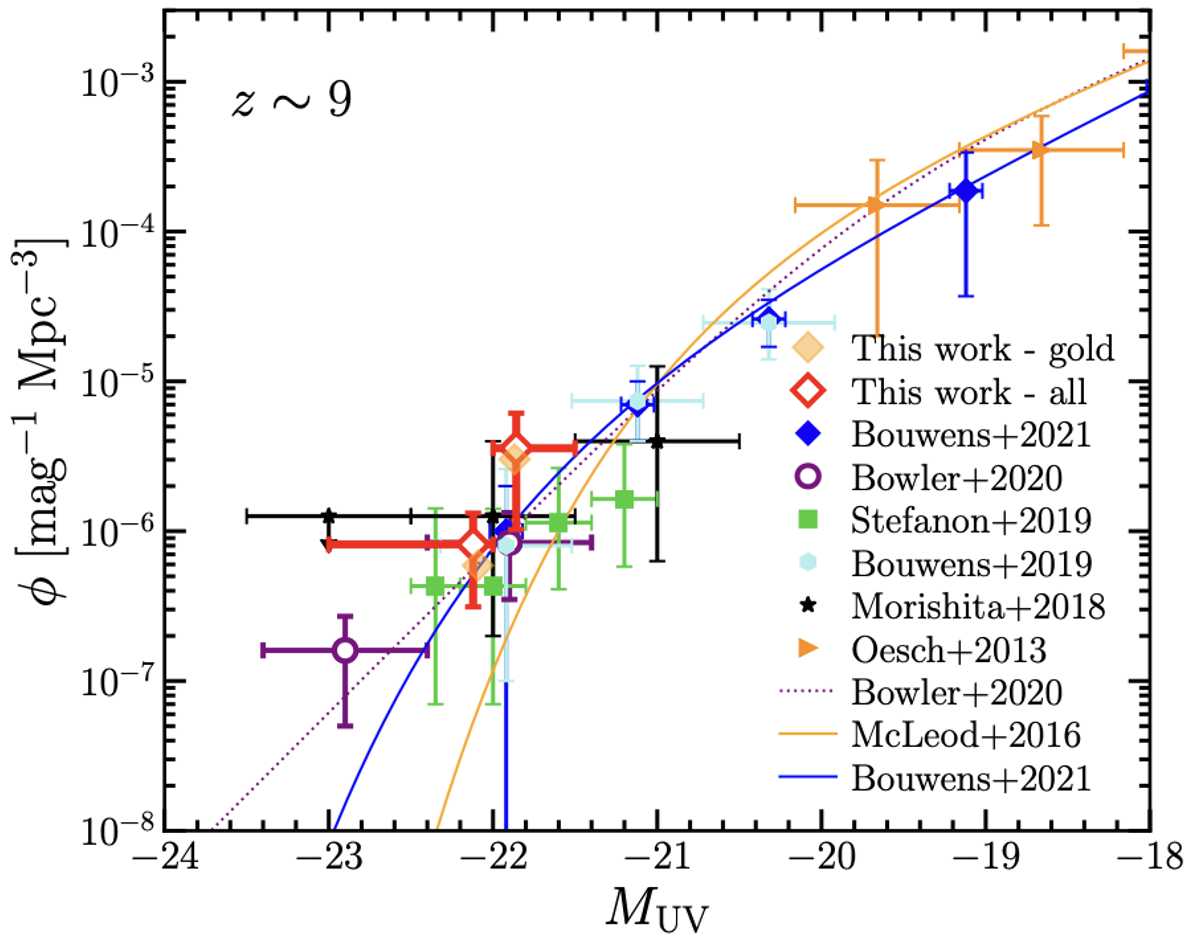
COSMOS2020: ultra-bright galaxies at cosmic dawn
Kauffmann, Ilbert, Weaver et al. (2024)
The COSMOS2020 project has unveiled a population of exceptionally bright galaxies existing just 500 million years after the Big Bang. Utilizing deep infrared imaging, we identified 32 candidate galaxies at redshifts z ≥ 7. The UV luminosity function revealed a surprising constancy in the number of luminous galaxies, suggesting rapid early star formation.
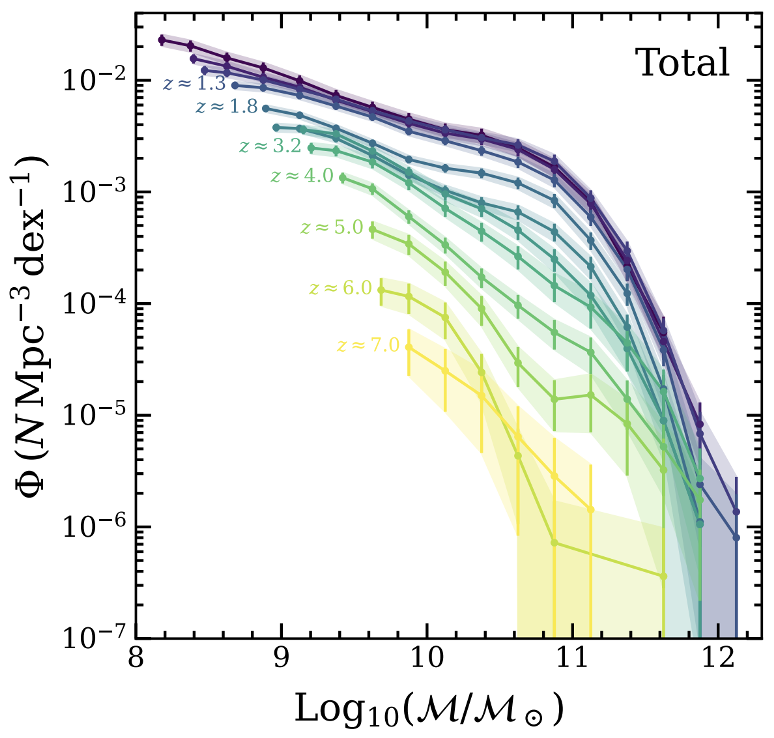
COSMOS2020: galaxy stellar mass function to z=7.5
Weaver et al. (2023) | download measurements
Understanding how galaxies build up their stellar mass is a key goal in extragalactic astronomy. Using the COSMOS2020 dataset, we measured how the distribution of galaxy masses evolves from the present day to the early universe. These results provide insights into when and how galaxies stop forming stars and the role of feedback in shaping galaxy growth.

COSMOS2020: a panchromatic view of the universe
Weaver et al. (2022) | downlod catalogs
We constructed two complementary, multi-wavelength galaxy catalogs spanning the full COSMOS field, incorporating data from over 30 observatories. This effort enables studies of galaxy evolution across ten billion years from two independent but consistent photometric methods. COSMOS2020 is a benchmark dataset for testing models of galaxy formation and evolution.
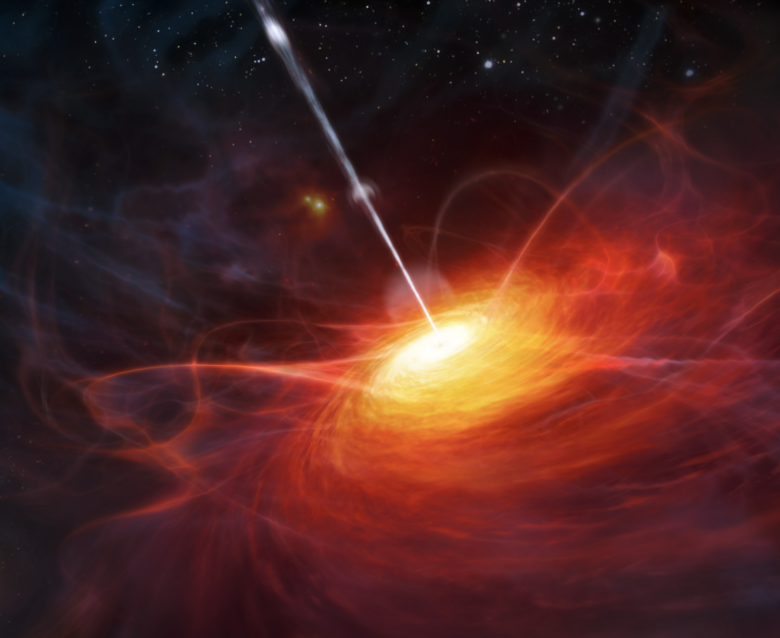
What variability can tell us about black holes
Weaver et al. (2022)
We explored how dust and accretion physics shape the variability of quasars—supermassive black holes at the centers of galaxies. By analyzing changes in brightness over time, we found evidence that dust and stresses near the black hole’s innermost stable orbit may influence observed colors. This sheds light on the structure of the central engine and challenges simple disk models.
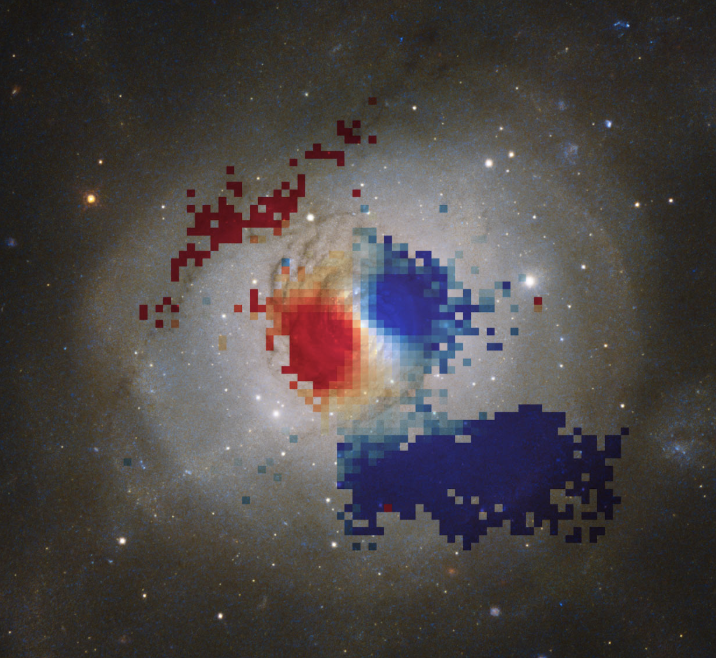
Piecing together a trainwreck galaxy
Weaver et al. (2018) | ESO Image of the Week
Using integral field spectroscopy, we dissected the complex structure of NGC 7252—a nearby galaxy formed in a major merger. We traced its star formation history, gas kinematics, and future trajectory as it evolves into a quiescent early-type galaxy. This system offers a rare local window into the violent processes that shaped galaxies in the early universe.
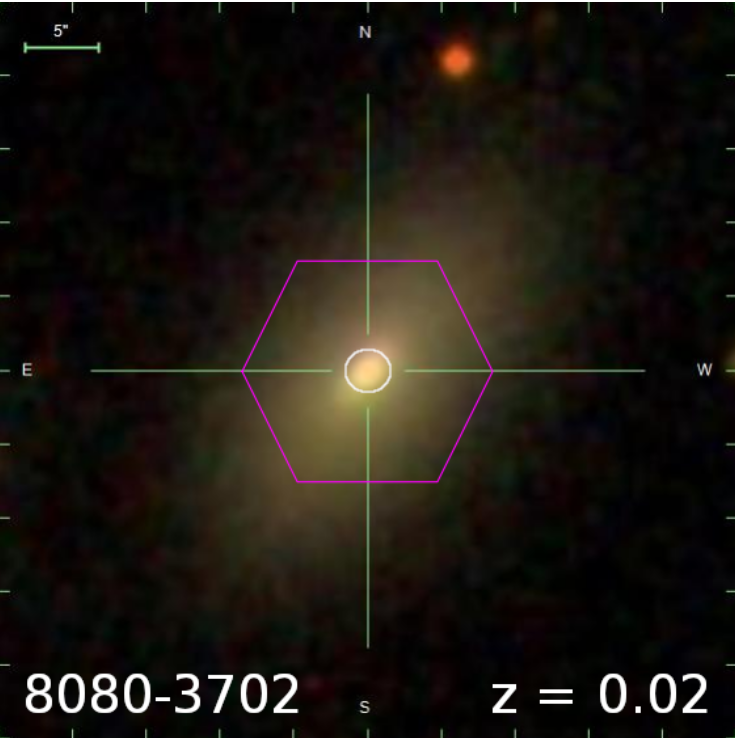
How do galaxies shut down?
Masters Thesis (read) | MPhys Project Prize 2018
Post-starburst galaxies are rare systems transitioning from active to quiescent. Using SDSS and MaNGA spectroscopy, this study analyzed stellar age gradients in 32 nearby post-starbursts. Principal component analysis revealed diverse quenching behaviors, from inside-out shutdowns to coeval bursts. These findings illuminate mechanisms driving galaxy evolution and star formation cessation across environments and masses.